10000 Premium Sellier & Bellot Small Rifle Primers
$300.00
Description
Sellier & Bellot Ammo, Buy Sellier & Bellot Ammo, Sellier & Bellot Ammo for sale, Sellier & Bellot Ammunition, for sale10000 Premium Sellier & Bellot Small Rifle Primers,Buy Sellier & Bellot online,Buy Sellier & Bellot Small Rifle Primers,Sellier & Bellot for sale,Sellier & Bellot handgun Ammo
10,000 Count Sellier & Bellot 4,4 Sr Boxer Small Rifle Primers IN STOCK & READY TO SHIP! *** From Thunder Ammo & Arms are these S&B Small rifle primers. Sellier & Bellot is one of the best-kept secrets among European Ammo & loading component manufacturers. Their quality is on par with the finest names in the industry. Reloading components are difficult at best to attain in the current market, Buy handguns online
Sellier & Bellot’s ammunition is for sport or self-defense. It may also be used to target practice. All Sellier & Bellot products can be relied upon to fully comply with the technical specifications of all worldwide Sporting Arms and Ammunition Manufacturers’ Associations.
Sellier & Bellot Ammo is carefully crafted and underwent stringent quality tests in order to be used on hunting expeditions.
Sellier & Bellot Ammo is specially designed for competitive shooters, law enforcement, and hunting/sport shooting. All of Sellier & Bellot’s ammunition is new production and non-corrosive. It passes the stringent industry re-loading standards (SSA) for quality assurance that your decision will be a good investment.
Sellier & Bellot Ammo, Buy Sellier & Bellot Ammo, Sellier & Bellot Ammo for sale
History
Sellier & Bellot Ammo, operating since 1825, is the oldest engineering company in the Czech Republic, and one of the oldest continuously operating companies in the world. It’s currently owned by CBC, which also owns the Magtech brand of ammunition.
The Beginnings of Sellier & Bellot Ammo
The French merchant Louis Sellier, who was the 17th of 19 children (two of his brothers met their end at the hand of the guillotine during the French Revolution), started a factory in Prague to manufacture percussion caps and extended an invitation to fellow Frenchman Jean Maria Nicolaus Bellot to join the company soon after production began.
Sellier originally left France to avoid being conscripted into the Napoleonic Army in 1809, settling in Hamburg under the name Dell. His first business, with relative Barthelemy Sellier, was originally called the Rosenkranz Company and was based in Leipzig. The pair changed the company to Sellier and Company. While primarily in the business of producing luxury goods such as crystal and bronze, the company also dealt with hunting weapons and other supplies, which laid the groundwork for ammunition manufacturing later.
A rather curious figure, Sellier returned to France secretly during his German sojourn. During one of these trips, he met Annette Huré, the daughter of a French colonial governor. When he asked for his beloved’s hand in marriage, her father refused and hid her away in a monastery. Sellier kidnapped her and everything seemed to have worked out for the best. The pair had their first child in 1815, getting married the next year. They then moved to Leipzig, where Sellier threw himself into his work with gusto.
Sellier & Bellot Ammo, While Sellier was starting a family, Bellot studied at Paris’ Polytechnic School. He learned about potassium chlorate and mercury fulminate, the latter of which had recently been rediscovered in 1799. The alchemists of the medieval period knew how to prepare mercury fulminate, but their formulas had been lost and forgotten. Bellot diligently studied ammunition primers made from potassium chlorate and black powder.
Around 1820, the entire ammunition industry began to change. The flintlock began disappearing in favor of more modern ammunition using percussion caps. Most workshops simply converted flintlock weapons, producing primers with very crude materials. Thus, they were unable to produce to scale and, as such, ammunition was very expensive.
Where Is Sellier & Bellot Ammo Made?
Bellot received a permit to manufacture primers in 1822. These primers quickly became known throughout France and Europe as being of superior quality to others on the market. Sellier and Company took notice and began selling them. It was at this point that Sellier began looking for the ideal place to begin manufacturing caps of his own. He requested permission from Emperor Francis I in 1825 but began a failed attempt to manufacture caps in an old monastery. When the Emperor granted permission, he demanded Sellier work with someone who knew what they were doing.
Sellier & Bellot Ammo
After his failure, Sellier was all too eager to have a partner who knew how to make a quality cap. Enter Bellot. In August 1825, he agreed to come to Prague and oversee production, as well as train the production staff. This is considered to be the founding date of Sellier & Bellot Ammo.
Fortunately for the company, Bellot’s genius was not merely limited to caps. He also formulated a revolutionary means of manufacturing them. This process simultaneously filled 100 caps with primer, while also creating 100 new caps at the same time. The end result was to increase the ability to manufacture (at the time) modern ammunition by orders of magnitude. This not only meant more caps, it meant significantly lower prices for all ammunition manufacturers. Bellot used the cash he made from this to buy half of the organization, finally becoming a partner in October 1831.
“Sellier & Bellot Ammo” Becomes the Gold Standard
By 1835, Sellier & Bellot produced 150 million caps annually between the two factories. This certainly made it the most prolific ammunition manufacturer in Europe, and quite possibly the entire world. They did all of this with a mere 120 employees at their factories, and they likely could have produced even more if the Austrian Imperial government had granted their petition to lift the amount of mercury fulminate that could be produced. Alas, His Imperial Majesty did not.
This petition was finally granted in 1841 after the Prussian military put in a large order for percussion caps. By 1855, these two factories were producing a whopping 600 million primers. And by 1865, the number had risen to 180 million primers and bullets. In the United States, percussion caps were generally just referred to as “S&Bs.”Sellier & Bellot Ammo
They began producing Flobert rimfire cartridges and Lefaucheaux’s pin-primer cartridges in 1870 and soon added centerfire cartridges – manufacturing more than 10 million cartridges per year. Before the turn of the 19th Century, Sellier & Bellot produced components and ammunition at four different factories. Bellot retired in 1867 but retained his stake. In 1869, Sellier & Bellot was reorganized into a joint stock company, a process that was finalized four years later.
During WWI, Sellier & Bellot shifted production to ammunition for military rifles and pistols – including the 9mm. After the end of WWI, they became the primary supplier of pistol ammo for the Czech army and police. They simultaneously expanded their commercial product lines with a focus on ammo for competition and hunting. Then they grew again after WWII (exporting about 70 percent of their production), expanding their product lines to be able to sell more than 85 different cartridges for rifles and pistols, as well as all popular gauges for shotguns, with the 12 gauge being most abundant.
In 1945, the company was nationalized as a prelude to the Communist takeover of Czechoslovakia, which marked the true beginning of the Cold War. In response, West Germany was created and the Marshall Plan became widely adopted in Western Europe as a bulwark against Communism, alongside NATO and Operation Gladio to protect Italy and France. While the Communists received the highest percentage of the vote in a free election (48 percent of the vote, compared to 22 percent in Hungary), by 1947, their support cratered due to their reputation as the party running the national police service.
Unlike in many countries where there was a gradual takeover, the takeover in Czechoslovakia was a single, definite coup d’etat. Documents revealed during the Prague Spring stated that Stalin never intended to take the parliamentary road in Czechoslovakia. Everything came to a head when Interior Minister Václav Nosek, head of the National Police Force, attempted to purge non-Communists and illegally extend his term.
Several ministers resigned in an attempt to get the Prime Minister to refuse to accept their resignations. However, massive protests in the streets and fear of civil war and the Red Army intervention meant this plan did not come to fruition. Several other parties, including the Social Democrats, had been infiltrated and taken over by Communists and operated as front groups. A general strike was threatened unless the new government was comprised of a majority of Communist Party members and their fellow travelers in other parties. While nominally operating as a coalition, this was the end of democracy and freedom in Czechoslovakia.
It wasn’t until 1992, after the Fall of Communism, that the company was reorganized again as a joint stock company.
Sellier & Bellot Ammo
Sellier & Bellot still produces ammunition for military and civilian applications around the world. They were voted as the bronze medal winner in the ammunition category by the readers of the Deutsches Waffen Journal in 1999, were on target to sell more than $40 million worth of total products in 2010, and they continue to sell 10 different types of bullets to meet the needs of hunters, competitive shooters, and casual plinkers. Manufacturing handgun, rifle, and shotgun ammunition, the most popular hunting bullets they sell are the Nosler Partition and the eXergy.
GLOCK 19 GEN 4 USA BATTLEWORN FLAG
MAGNUM RESEARCH DESERT EAGLE .44 MAGNUM PISTOL
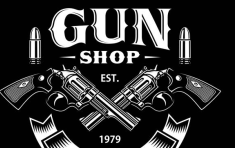
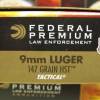

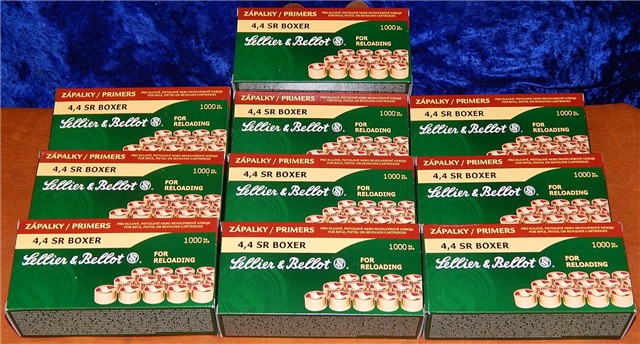
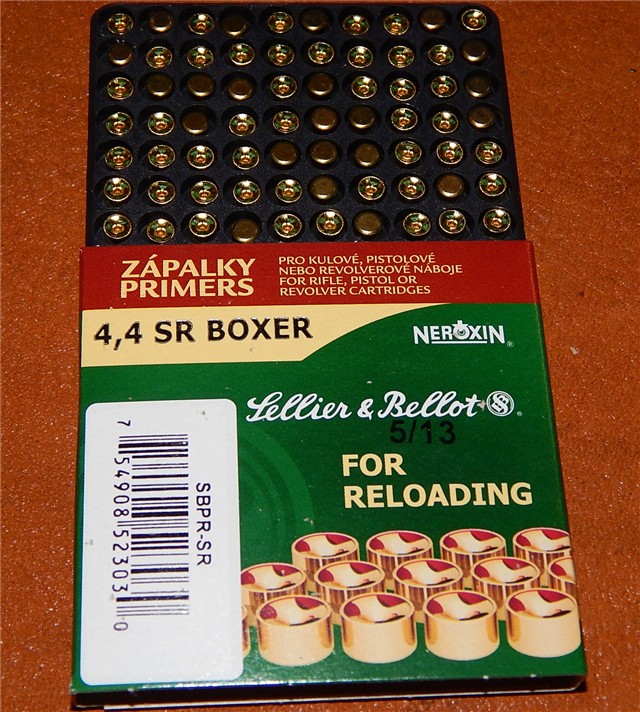
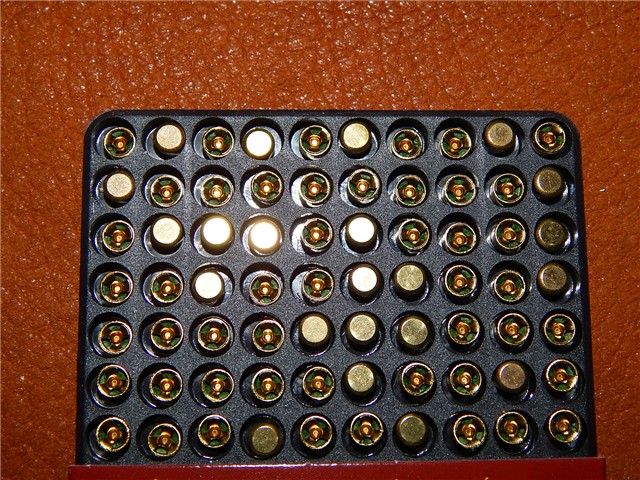
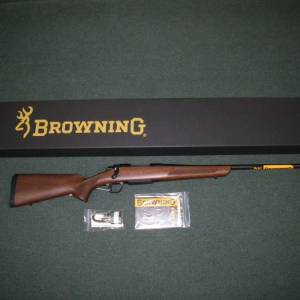
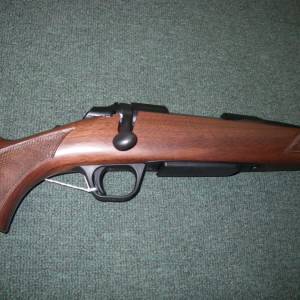
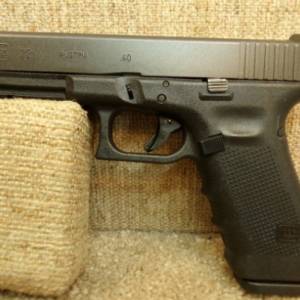
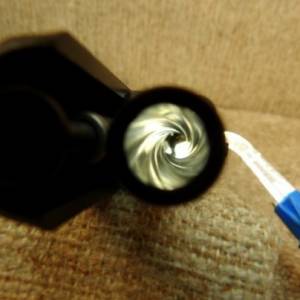
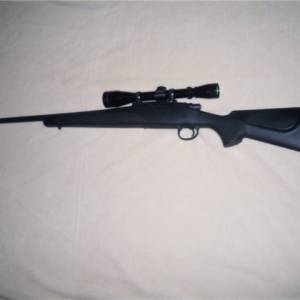
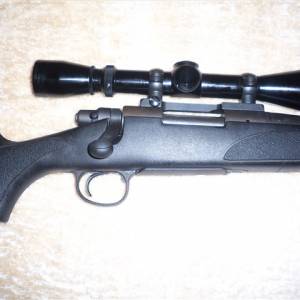
Reviews
There are no reviews yet.